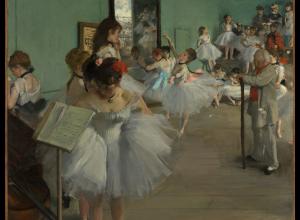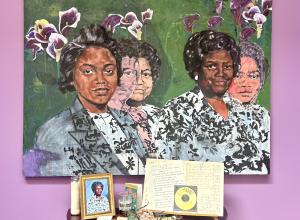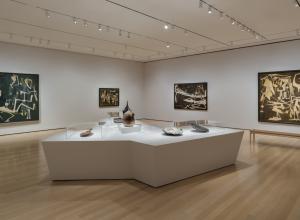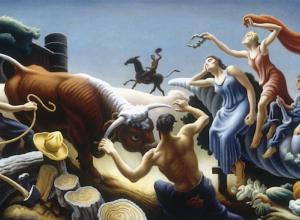A visual history of Zoroastrianism—allegedly humanity’s oldest monotheistic religion—materializes only to the most determined eyes. Buried under millennia of crucifixes, stars of David, and…
Egyptian
"How do remains convey what's no longer present?" Curator Janice Kamrin and Conservator Anna Serotta on the coffin of Nedjemankh
Yesterday the Saint Louis Art Museum unveiled a collection of ancient treasures from the sea in “Sunken Cities: Egypt’s Lost Worlds.” On view through September 9th, “Sunken Cities” showcases…
Thanks in part to the dry Egyptian desert, this beautiful wood sculpture has survived for some 4,000 years. Antiquities specialist Laetitia Delaloye describes the remarkable piece ahead of its…
An Egyptian limestone talatat relief fragment, circa 1351-1334B.C., leads Bonhams Antiquities Sale, 6 July at Bonhams New Bond Street. Carved in sunken relief with royal cartouches naming Pharaoh…
An Egyptian granite head of a priest was the top lot at Bonhams Antiquities Sale, selling on the phone for £137,000 against an estimate of £60,000-80,000. The sale made a…
Join us in celebrating the 50th anniversary of the award of The Temple of Dendur to The Met in a day filled with special offerings and activities. One of the Museum's most iconic and best-loved…
"‘This object is 2,500 years old, preserved miraculously by the Egyptian desert,’ explains specialist Laetitia Delaloye, discussing a ‘beautiful’ cast of a cat, adorned, unexpectedly, with a pair…

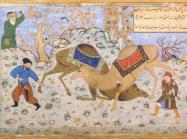
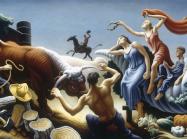
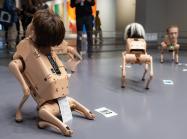

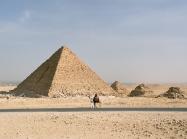
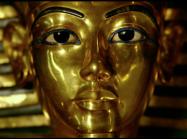
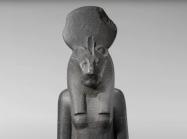
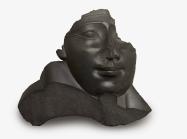
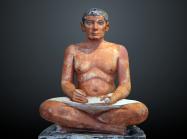
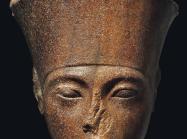
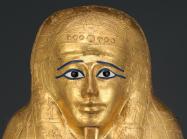
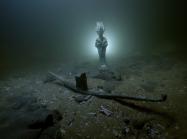


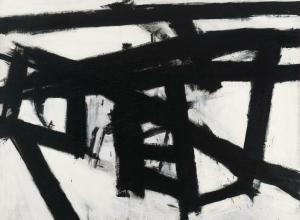
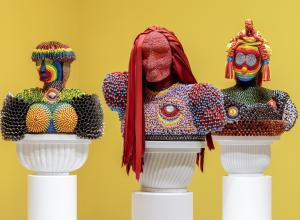
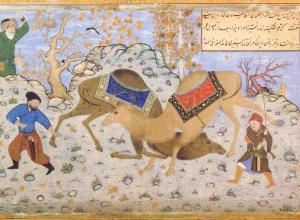
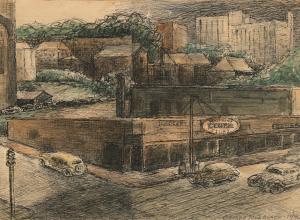





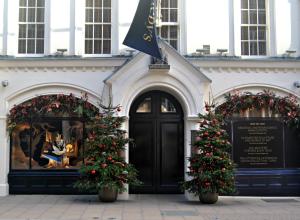
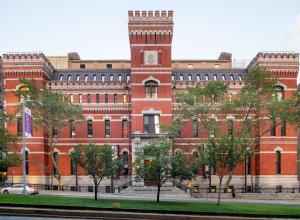

![DEl Kathryn Barton [Australian b. 1972] the more than human love , 2025 Acrylic on French linen 78 3/4 x 137 3/4 inches 200 x 350 cm Framed dimensions: 79 7/8 x 139 inches 203 x 353 cm](/sites/default/files/styles/image_5_column/public/ab15211bartonthe-more-human-lovelg.jpg?itok=wW_Qrve3)

